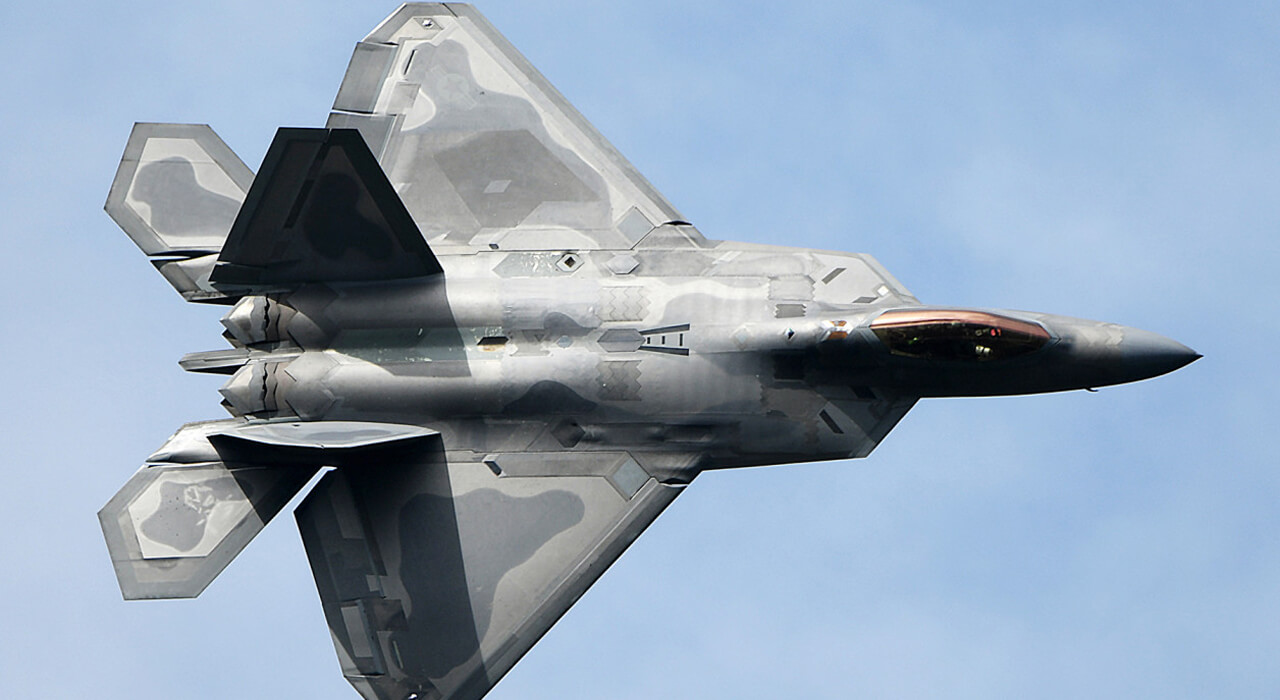Within the constantly evolving aviation and aerospace industry, where digital technologies are constantly pushing the envelope of innovation, DO-178 serves as a reassuring standard. Short for “Software Considerations in Airborne Systems and Equipment Certification,” DO-178 is a stringent standard that governs the development of software for avionics systems.
This post examines DO-178’s critical position in the field of developing digital technologies for the aerospace sector.
The Genesis of DO-178
The aviation industry realized in the late 1980s that software development for safety-critical airborne systems needed to follow a standardized process, which is when DO-178 was born. As a result, the RTCA (Radio Technical Commission for Aeronautics) and EUROCAE (European Organization for Civil Aviation Equipment) collaborated to create DO-178.
DO-178 was conceived as a response to the growing complexity of avionics systems and the critical role that software plays in their functionality. It aimed to establish a set of guidelines and requirements to ensure that airborne software met the highest standards of safety, reliability, and performance.
The Cornerstones of DO-178
DO-178 is characterized by its rigorous framework, emphasizing a systematic and traceable software development process. The standard is organized into five levels of software criticality, ranging from Level A (most critical) to Level E (least critical). Each level imposes specific requirements on the development and verification processes, tailoring the stringency to the potential impact of software failure on the safety of the aircraft.
Suggestion: 11 Salient Questions to Ask When Buying A Used Car
One of the cornerstones of DO-178 is the concept of traceability, ensuring that every requirement in the software development process can be traced back to higher-level requirements. This meticulous traceability not only enhances transparency but also establishes a clear link between the software and the safety objectives it seeks to achieve.
DO-178 in the Digital Era
As digital technologies rapidly advance, the aviation industry finds itself at the crossroads of innovation and regulatory compliance. DO-178, conceived in an era when digital technologies were in their infancy, has demonstrated remarkable adaptability. The standard has evolved over the years to accommodate emerging technologies while maintaining its unwavering commitment to safety and reliability.
The advent of digital cockpits, fly-by-wire systems, and sophisticated avionics platforms demands a more refined software development approach. DO-178 has risen to the challenge by incorporating guidelines for model-based development, object-oriented programming, and other contemporary methodologies. This adaptability ensures that DO-178 remains a relevant and robust standard in an era where digital technologies reshape the landscape of aviation.
Ensuring Safety in Autonomous Systems
The rise of unmanned aerial vehicles (UAVs) introduces a new dimension to aviation, with autonomy becoming a central theme. DO-178’s principles, rooted in the assurance of safety-critical systems, find a natural application in the development of software for UAVs. As these systems evolve to handle complex missions and navigate dynamic environments, DO-178 provides a framework to mitigate risks associated with software failures.
Also Check: 9 Difference Between Subcompact Vs Compact Cars
Whether it’s an autonomous drone surveying agricultural fields or a military UAV executing reconnaissance missions, the adherence to DO-178 ensures that the software driving these systemsaces thorough examination. This preserves the software’s integrity and encourages accountability in the quickly developing unmanned aviation industry.
Cybersecurity in Aviation
Along with advancements, the digital age also brings with it new challenges, especially in the area of cybersecurity. The susceptibility of aviation systems to cyber threats increases with their increased interconnectedness. By emphasizing system safety, DO-178 expands its scope to include cybersecurity issues, keeping up with the constantly changing digital risk environment.
The standard advocates for a comprehensive approach to cybersecurity, emphasizing the identification and mitigation of potential threats in the software development process. This proactive stance ensures that airborne software remains resilient against cyber attacks, protecting not only the aircraft but also the data and systems connected to it.
Certification Challenges and Solutions
Certification is a critical aspect of avionics software development, and DO-178 sets the bar high for compliance. While this rigorous certification process is essential for ensuring safety, it also poses challenges in terms of time-to-market, especially in an industry where technological advancements occur at a rapid pace.
Mitigating these challenges requires a delicate balance between adhering to DO-178’s stringent guidelines and adopting agile development methodologies. Companies in the aviation sector often invest in streamlined processes, automation, and tool qualification to accelerate the certification timeline without compromising the integrity of the software.
DO-178 and Future Airborne Systems
As the aviation industry continues to evolve, with electric propulsion, urban air mobility, and supersonic travel on the horizon, the role of software in airborne systems becomes even more pivotal. DO-178, with its adaptability and commitment to safety, is poised to play a central role in shaping the future of airborne software development.
The standard’s principles are likely to extend to novel technologies such as electric vertical takeoff and landing (eVTOL) vehicles, where software governs complex flight dynamics. DO-178 provides a foundation for ensuring that the software driving these futuristic systems adheres to the highest standards of safety and reliability, instilling confidence in regulators, operators, and the flying public.
As digital technologies drive aviation forward, DO-178 is the industry’s defender of software integrity.Today, top technology services use DO-178 standards to ensure superior SnSWire Fault Detection or Boards and Testers. Its influence over the design, approval, and security of aviation software is not only required by law but also demonstrates a dedication to quality and unwavering standards.
As aviation embraces the era of electric propulsion, autonomous flight, and interconnected systems, DO-178 remains a lodestar, guiding developers through the intricate terrain of safety-critical software. Its adaptability to emerging technologies, proactive stance on cybersecurity, and emphasis on traceability position DO-178 not just as a standard but as a pivotal force in ensuring that the digital evolution of aviation unfolds with an unwavering focus on safety, reliability, and compliance.

